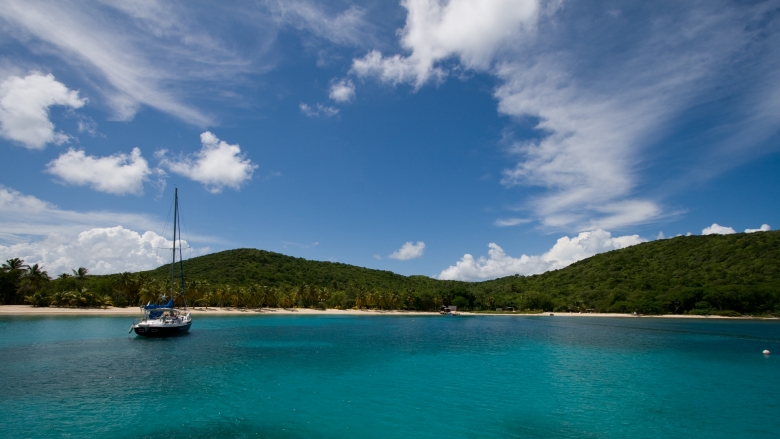Challenge
As a small island Caribbean state, Saint Vincent and the Grenadines (SVG) is highly vulnerable to natural disasters, particularly hurricanes, and to the effects of climate change, including rising sea levels. Unfortunately, SVG’s fiscal framework and physical environment lack the buffers necessary to accommodate these frequent and increasingly intense climatic shocks. SVG depends on tourism as a primary driver of growth and employment. SVG’s tourism industry, particularly its high-end and luxury tourism in the Grenadines, focuses on its natural, blue, and ocean environments, which, while making SVG highly competitive in this tourism segment, also renders the economy vulnerable to the impact of climate change and natural disasters.
Approach
Pursuing a blue growth agenda in a small, tourism-based economy highly dependent on its natural environment requires building on natural assets, reinforcing climate resilience, strengthening fiscal buffers, and ensuring macroeconomic stability. Each of these areas support and complement the others and are necessary to ensure a comprehensive approach that is affordable and sustainable, and also technically sound from an environmental and climate resilience perspective. The First Fiscal Reform and Resilience Development Policy Credit is the first of two operations to support SVG’s approach to blue growth and enhanced fiscal and financial resilience. The project has two pillars: Pillar 1 aims to strengthen fiscal policy and public financial management in an environment prone to recurrent natural disasters. The measures under this pillar seek to:
- create fiscal space and reduce debt levels by increasing domestic revenue mobilization through measures to improve tax compliance and adjust tax rates;
- establish and operationalize a contingency fund to better respond to natural disasters; and
- improve the efficacy of public spending through improvements in budget planning, procurement reform, and strengthened oversight of state-owned enterprises.
Pillar 2 supports measures to enhance climate resilience and adapt to recurrent natural disasters, including
- implementing new building codes;
- approving new environmental policies aimed at minimizing the impact of natural disasters on the natural environment and reducing demands on the overall fiscal position and public debt levels.
